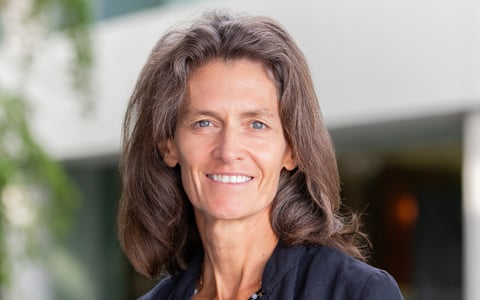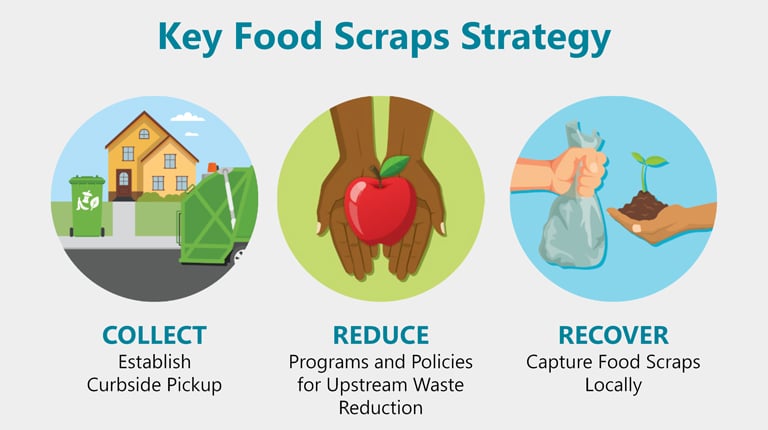
Megan Raymond recently joined VHB as our Director of Natural Sciences in Wethersfield, Connecticut. Megan brings deep experience in tidal and inland wetland permitting, coastal resiliency, restoration design and nature-based design solutions, supporting clients across the municipal, transportation, and real estate markets in Connecticut and throughout New England. With a background that blends science, policy, and practical implementation, she will play a key role in helping communities, transportation agencies, and developers balance environmental integrity with infrastructure needs. We interviewed Megan to find out more about how she works across disciplines to develop nature-based solutions to project challenges.
VHB: You’ve spent your career working with wetlands and coastal systems. What areas have you focused on most?
Megan: Early on, I worked in river and wetland ecology, developing permitting strategies for projects near water. Over time, I became drawn to coastal ecology and adaptive management—creating solutions for areas where built and natural environments meet. I’ve worked extensively on floodplain management and living shoreline projects that use nature-based techniques to address erosion, enhance habitat, and strengthen resilience. That blend of science, policy, and design really shapes how I approach every project.
VHB: You talk about “the value of nature” as part of your professional lens. How does that translate into project work?
Megan: I look at nature as a form of capital—something that holds measurable and lasting value. When we make decisions about infrastructure or development, we should ask: What value does this project bring to nature, to people, and to aesthetics? At VHB, our use of benefit-cost analyses for ecosystem services helps quantify those benefits, making the case for environmentally and economically responsible design choices. That’s one key to building more sustainable and resilient communities.
VHB: How do you help communities implement coastal resiliency plans?
Megan: My focus is on translating plans into tangible action—designing and executing the solutions that achieve resiliency goals. That can include restoring coastal wetlands, stabilizing shorelines, or creating sustainable infrastructure that adapts to changing environmental conditions. The goal is to provide communities with strategies that don’t just respond to climate impacts but build long-term environmental and social value.
VHB: How does your work intersect with the transportation market, for which VHB does a lot of work?
Megan: I’ve supported projects for the Connecticut Department of Transportation, including NEPA documentation and environmental permitting for portions of the I-84 corridor. Transportation projects often intersect with sensitive natural systems—bridges, crossings, wetlands—and my background helps streamline permitting and confirm environmental considerations are appropriately integrated.
VHB: How would you summarize your approach to environmental work?
Megan: I believe that public access to coastal and natural spaces is critical—it helps people connect with and care about the environment and can foster long-term stewardship. My philosophy is to design projects that strengthen that connection, supporting communities while preserving/enhancing ecological function. If we can achieve both, we’ve done our job well. I’m really looking forward to collaborating on projects that combine cross-disciplinary problem-solving within the energy, transportation, and water resources disciplines. These types of projects highlight the power of engineering and ecology working together to create solutions that serve people and protect the environment.


